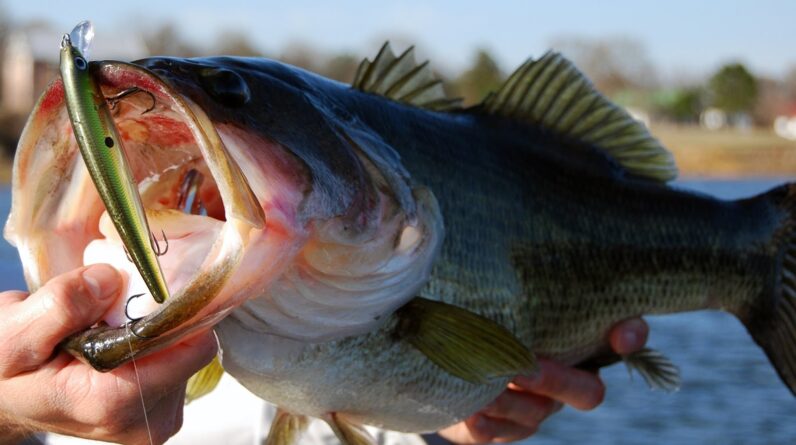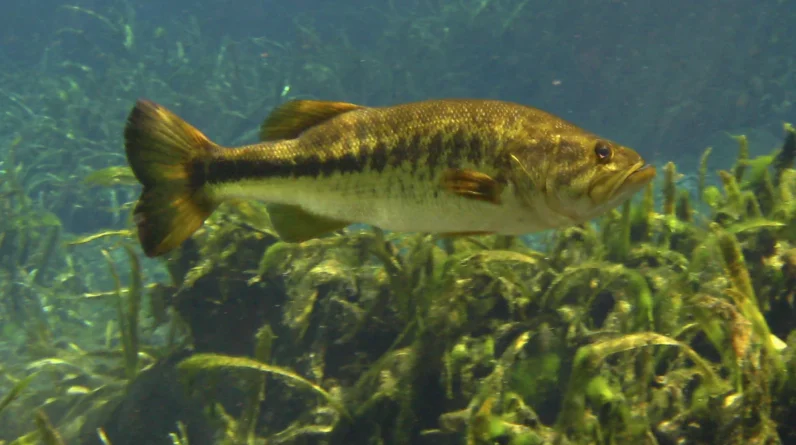Bass fishing is a popular and exhilarating sport that draws anglers from all walks of life. Known for their cunning and strength, bass provides both excitement and challenge. To excel at catching bass, you need not only the right gear but also a deep understanding of effective techniques. In this comprehensive guide, we’ll delve into the best techniques for catching bass fish, offering valuable insights and expert Bass Fishing tips to help you improve your angling skills. For a wide selection of bass fishing gear and more tips, visit cheerfulfisherman.com.
The Thrill of Bass Fishing
Before we dive into the techniques and tips, let’s understand what makes bass fishing so captivating.
About Bass Fish
Bass is a collective term for several species of freshwater fish, with largemouth and smallmouth bass being the most sought-after by anglers. These fish are known for their aggressive feeding behavior and can be found in various freshwater bodies like lakes, rivers, and ponds.
The Challenge
Catching bass can be challenging due to their cunning nature and ability to detect potential threats. As a result, bass fishing often becomes a test of skill, strategy, and the angler’s understanding of bass behavior.
Essential Bass Fishing Techniques
Here are some of the best techniques for catching bass fish:
1. Casting and Retrieving
- Crankbaits: Crankbaits imitate small fish and create vibrations and noise underwater. Cast and retrieve them at varying depths to attract bass.
- Spinnerbaits: Spinnerbaits feature spinning blades that create flashes and vibrations. Cast them near structures or along weed lines and retrieve them steadily.
2. Soft Plastic Baits
- Worms, Senkos, and Craws: Soft plastics mimic the movement of various prey like worms, baitfish, and crayfish. Rig them with appropriate hooks, cast them near the cover, and employ slow, lifelike retrieves.
3. Topwater Lures
- Buzzbaits and Frogs: Topwater lures are irresistible to bass. Cast them near the shallows or cover, and retrieve them with a buzzing or popping motion to elicit explosive strikes.
4. Jigging Techniques
- Jigs: Jigs are versatile lures that can imitate various prey. Use them for flipping, pitching, and swimming, adapting your technique to the conditions and fish behavior.
5. Drop Shot Rig
- The drop shot rig keeps the bait above the bottom, making it highly effective in clear water. Use it with finesse worms or other soft plastics, and maintain a steady presentation.
6. Pitching and Flipping
- Pitching: Pitching involves precise short-distance casts, making it ideal for targeting specific structures like boat docks and submerged trees.
- Flipping: Flipping is similar but involves dropping the bait straight down into heavy cover like vegetation or thick brush.
7. Deep Diving Crankbaits
- Deep diving crankbaits can reach bass in deeper water. Cast them out, let them dive, and then retrieve at a medium pace, varying your speed and depth to find the strike zone.
Expert Tips for Bass Fishing Success
To enhance your bass fishing skills, consider these expert tips:
1. Understand Bass Behavior
- Learn about the feeding patterns, seasonal movements, and preferred habitats of bass. Knowing when and where they are most active is crucial.
2. Patience is Key
- Bass can be selective and sometimes take their time to decide on a strike. Give them a moment before trying another technique.
3. Master the “Pause”
- In many cases, a momentary pause during your retrieve can trigger a bass’s predatory instincts. Experiment with pauses between reel cranks.
4. Match Your Gear
- Select the right fishing rod, reel, and line for the specific technique and bass size you’re targeting. Proper gear ensures you have the power and control you need.
5. Stealth Approach
- Bass has excellent senses. Approach your fishing spot quietly, avoid making sudden movements, and use camouflage or natural colors in your gear.
Frequently Asked Questions (FAQs)
1. What is the best time of day for bass fishing?
- Bass are most active during dawn and dusk, often referred to as the “magic hours.” However, you can catch bass throughout the day, especially if you adapt your techniques to changing conditions.
2. Where are the best places to find bass?
- Bass are often found near underwater structures like rocks, logs, weed beds, and drop-offs. Look for cover and shelter where they can ambush prey.
3. What is the ideal water temperature for bass fishing?
- Bass are most active when water temperatures range from 65°F to 75°F (18°C to 24°C). They tend to be less active in very cold or very hot water.
4. How do I release bass safely?
- Practice catch and release to conserve bass populations. Handle them gently, wet your hands, and use barbless hooks. Support their weight and release them back into the water as quickly as possible.
5. What’s the best way to find a good bass fishing spot?
- Research local fishing reports, talk to fellow anglers, and explore different waters. Experiment with various spots and techniques to find where the bass are biting.
Conclusion
Catching bass is not just a hobby; it’s an art that demands knowledge, skill, and adaptability. By mastering the techniques mentioned above and following expert tips, you’ll enhance your bass fishing success. Explore the exciting world of bass fishing and put your newfound knowledge to the test. Visit cheerfulfisherman.com for an extensive range of bass fishing gear and more Bass Fishing tips to fuel your angling adventures.







2 Comments
Comments are closed.